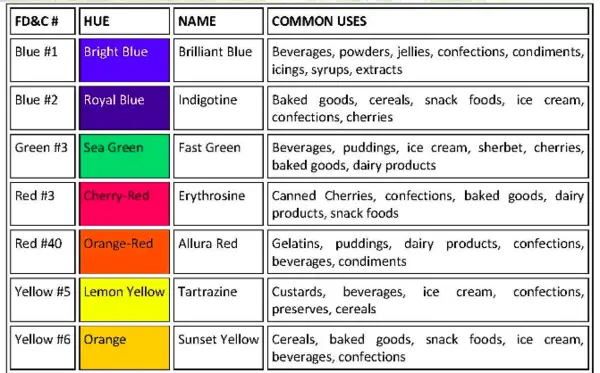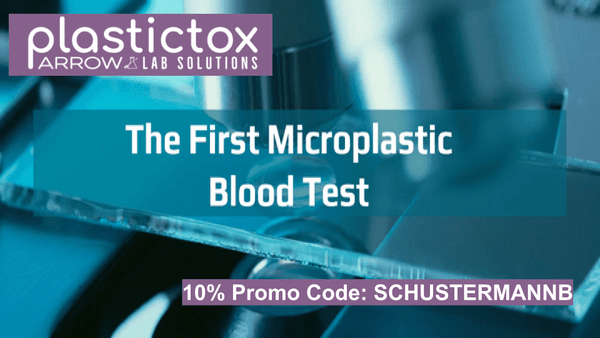The food dyes industry changed forever in 1856 when William Henry Perkin, while attempting to synthesize quinine for malaria treatment. In doing so, he accidentally created the first synthetic dye called Mauveine. With the renewed interest in healthy living as well as the recent changes in Washington D.C., looking at what we ingest has become even more of a focal point in today’s society.
Perkin’s discovery revolutionized not just textile coloring but eventually food manufacturing as well. Many early synthetic food coloring agents contained toxic substances like lead and copper arsenite. The consumption of these artificial food pigments, led to numerous cases of poisoning as these coloring additives weren’t tested for safety or regulated in any meaningful way. Manufactures freely used colorful ingredients in various food products without consumer knowledge or governmental oversight.
Contents
The Emergence of Food Dye Regulations
Periodic outbreaks of food poisoning eventually prompted the first food safety regulations addressing colorants. In the United States, the Pure Food and Drugs Act of 1906 marked the first significant legislation that addressed food additives including coloring agents. This groundbreaking law certified seven food colorings as safe for consumption.
These approved food dyes enhanced the appearance of various product categories that included confectionary items, beverages, processed foods, and baked goods. By 1931, the number of approved color enhancers increased to fifteen, including six that remain in use today. The synthetic colorants gained popularity among manufacturers due to their consistency, stability, and lower production costs compared to natural alternatives.
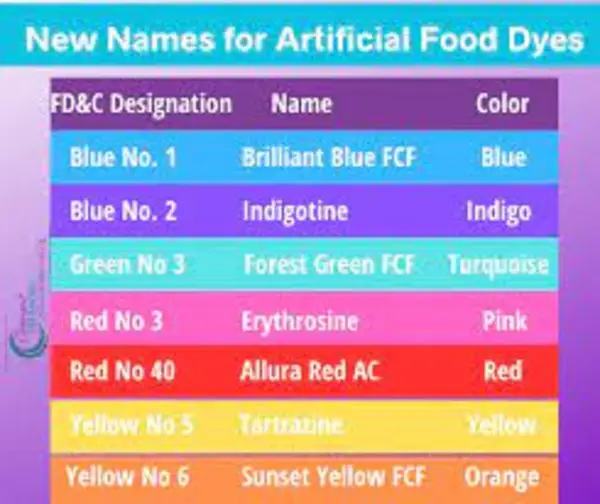
Modern Food Dye Classifications
The U.S. Food and Drug Administration (FDA) currently has certified nine synthetic food dyes for use in American food products. These artificial colorants fall into two distinct categories, certified color additive and exempt color additives.
Certified Color Additives
Certified color additives are synthetic dyes that required certification testing by the FDA. Manufacturer samples are submitted from each production batch for laboratory analysis before being used in food products. These artificial color additives are tested and must meet standards to receive certification.
Exempt Color Additives
Exempt color additives come from natural sources such as vegetables, mineral or animals. These food colorings don’t require batch certification, but still must meet established safety standards. Examples of colorants in this category include caramel coloring and beta-carotene. These natural food-grade pigments are often preferred by consumers over their synthetic counterparts. Learn more about Ritual Multi Vega Supplements.
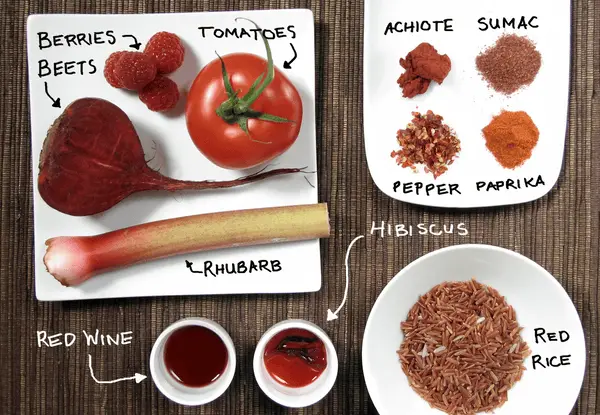
Current regulations specify which food products can contain specific dyes and at what concentrations. Proper labeling requirements ensure that consumers with allergies and sensitivities can identify potential allergens, making transparency an essential component of food safety protocols. The importance of labeling is of importance, and cannot be understated as certain food coloring agents are linked to adverse reactions in sensitive individuals. Manufacturers are required to clearly indicate the presence of synthetic additives on ingredient lists, allowing consumers to make informed choices. Transform your health with Ora Organic.
FDA Regulations
As of March, 2025, there are only nine synthetic food dyes have FDA approval in the United States. And of these, just three artificial colorants are used in approximately 90% of all food colorings in American products. Red 40 (Allura Red) is the most commonly used food dye. It is used in sodas, candies, and gelatin desserts. Yellow 5 (tartrazine) is also used in gelatin products as well as in baked goods. Yellow 6 (Sunset Yellow FCF) is also used in baked products, as well as in beverages. Livwell Nutrition: Nourishing Your Body and Well Being.
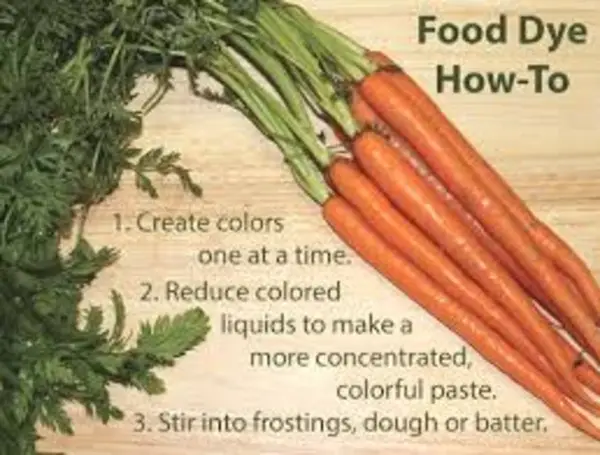
The landscape for coloring additives continues to evolve. Red 3 (Erythrosine), once FDA-approved, is now prohibited in foods and beverages as research has linked it to cancer in laboratory animals. Despite growing consumer preference for natural ingredients, the synthetic food colorant market continues to expand. One factor driving the expansion is cost-effectiveness.
Consumer Awareness
However, as consumer awareness increases and research into potential health impacts of synthetic dyes continues, the gradual shift towards natural alternatives is expected. Factors such as visual appeal, product stability, manufacturing costs and consumer safety will all play a role in the future trajectory of food dyes in our food supply.
All of the above is for information only, and is not to be taken as medical advice. If you have questions about food colorants, diet, and potential allergens, please start with your primary medical doctors.
Barry Schustermann
Follow me on X @BarrySchust
Follow me on Facebook @Barry Schustermann
And on Bluesky @BarrySchust
External References
- William Henry Perkin’s Discovery of Mauveine: This source explains how William Henry Perkin’s accidental discovery of Mauveine in 1856 revolutionized the dye industry and eventually influenced food coloring practices.
https://www.scienceandindustrymuseum.org.uk - The Risks of Early Synthetic Food Dyes: This article from Atlas Obscura highlights the origins of synthetic food dyes, their early toxic risks, and their impact on food manufacturing.
https://www.atlasobscura.com - The Pure Food and Drugs Act of 1906: The FDA provides a historical overview of the 1906 Pure Food and Drugs Act, which introduced regulations for food additives, including colorants.
https://www.fda.gov - FDA Regulations for Food Color Additives: This FDA page outlines current regulations for certified and exempt color additives, detailing safety standards and labeling requirements.
https://www.fda.gov/food - Health Concerns About Artificial Food Dyes: Henry Ford Health examines potential health risks associated with synthetic food dyes, such as hyperactivity in children and links to cancer, driving demand for natural alternatives.
https://www.henryford.com
